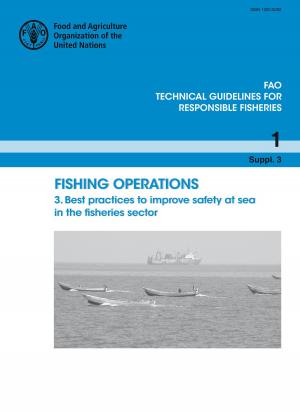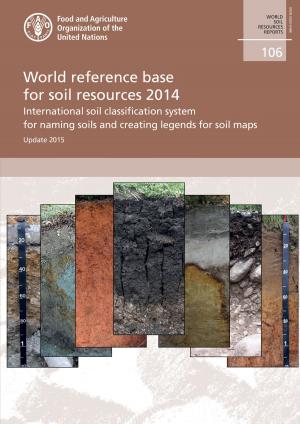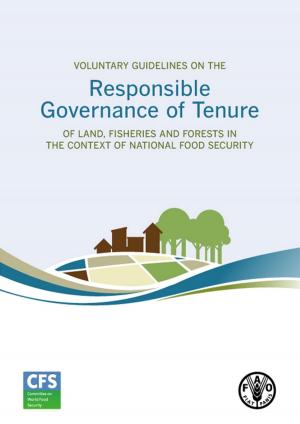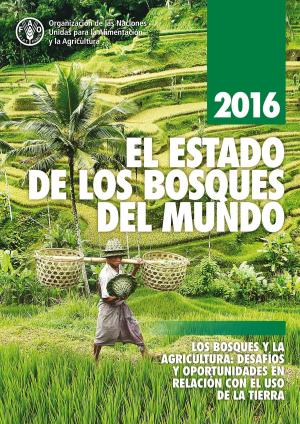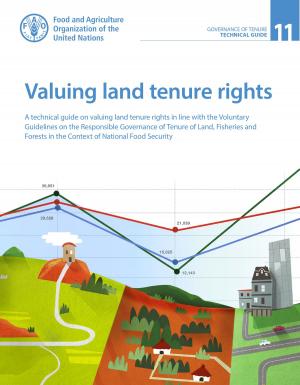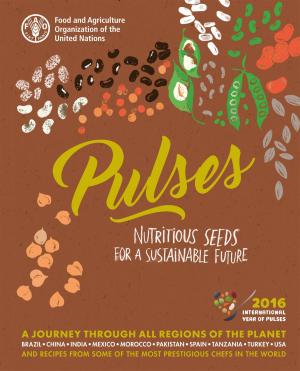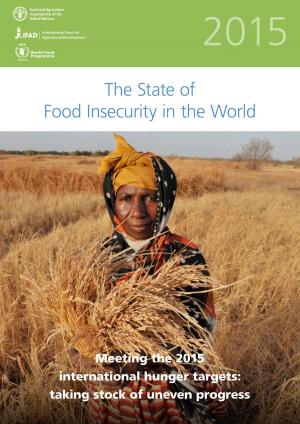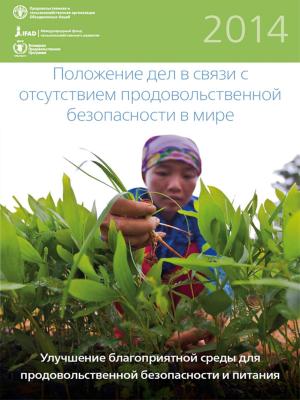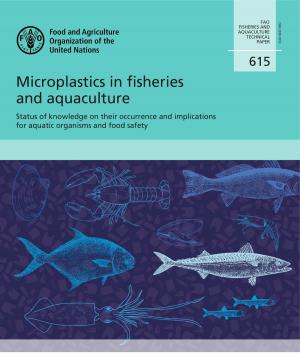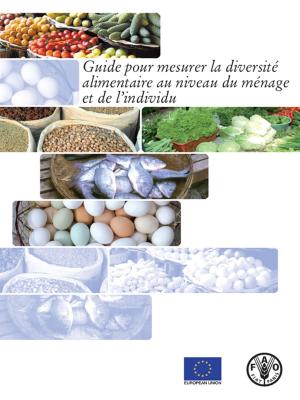Achieving Zero Hunger: The Critical Role of Investments in Social Protection and Agriculture. Second edition
Nonfiction, Health & Well Being, Medical, Patient Care, Nutrition, Science & Nature, Technology, Agriculture & Animal Husbandry| Author: | Food and Agriculture Organization of the United Nations | ISBN: | 9789251090343 |
| Publisher: | Food and Agriculture Organization of the United Nations | Publication: | December 23, 2015 |
| Imprint: | Smashwords Edition | Language: | English |
| Author: | Food and Agriculture Organization of the United Nations |
| ISBN: | 9789251090343 |
| Publisher: | Food and Agriculture Organization of the United Nations |
| Publication: | December 23, 2015 |
| Imprint: | Smashwords Edition |
| Language: | English |
This paper provides estimates of investment costs, both public and private, required to eliminate chronic dietary energy deficits, or to achieve zero hunger by 2030. This target is consistent with achieving both Sustainable Development Goal 2, to eliminate hunger by 2030, and Sustainable Development Goal 1, to eradicate poverty. The study adopts a reference baseline scenario, reflecting a “business as usual” situation, to estimate the additional investment requirements. In this scenario, around 650 million people will still suffer from hunger in 2030. We then estimate the investment requirements to eliminate hunger by 2030. Hunger is eliminated through a combination of social protection and targeted pro-poor investments. The first component aims to bring the poor immediately to the US$1.25/day poverty line income in Purchasing Power Parity (PPP) terms through social protection for a “Transfer to cover the Poverty Gap” (PGT). The second component requires additional investment to accelerate pro-poor growth of incomes and employment, particularly in rural areas, where most of the poor live, than in the “business as usual” scenario. Targeted pro-poor, including rural and agricultural, investments are required to raise the earned incomes of the poor. This would, in turn, reduce the need for social protection to cover the PGT. The analysis is complemented by looking at alternative ways to achieve such pro-poor growth.
This paper provides estimates of investment costs, both public and private, required to eliminate chronic dietary energy deficits, or to achieve zero hunger by 2030. This target is consistent with achieving both Sustainable Development Goal 2, to eliminate hunger by 2030, and Sustainable Development Goal 1, to eradicate poverty. The study adopts a reference baseline scenario, reflecting a “business as usual” situation, to estimate the additional investment requirements. In this scenario, around 650 million people will still suffer from hunger in 2030. We then estimate the investment requirements to eliminate hunger by 2030. Hunger is eliminated through a combination of social protection and targeted pro-poor investments. The first component aims to bring the poor immediately to the US$1.25/day poverty line income in Purchasing Power Parity (PPP) terms through social protection for a “Transfer to cover the Poverty Gap” (PGT). The second component requires additional investment to accelerate pro-poor growth of incomes and employment, particularly in rural areas, where most of the poor live, than in the “business as usual” scenario. Targeted pro-poor, including rural and agricultural, investments are required to raise the earned incomes of the poor. This would, in turn, reduce the need for social protection to cover the PGT. The analysis is complemented by looking at alternative ways to achieve such pro-poor growth.



